Dominican Mangu, a staple in Caribbean cuisine, is more than just a hearty comfort food. This traditional dish, made from mashed plantains, brings a fusion of flavors and nutrients to your plate. Often enjoyed as a breakfast treat, Mangu’s versatility allows it to be paired with a variety of toppings, making it a beloved choice for any meal.
In this article, we delve into the calories in Dominican Mangu and its place in a balanced diet. We’ll uncover the secrets behind its preparation and how this simple yet satisfying dish can contribute to your daily nutritional needs. Whether you’re a long-time fan or new to Dominican cuisine, join us as we explore the delicious world of Mangu.
Nutritional Profile of Dominican Mangu
Dominican Mangu is a dish that’s as nutritious as it is delicious. This section breaks down the nutritional content of Mangu, giving you insight into what makes it a worthy addition to your diet.
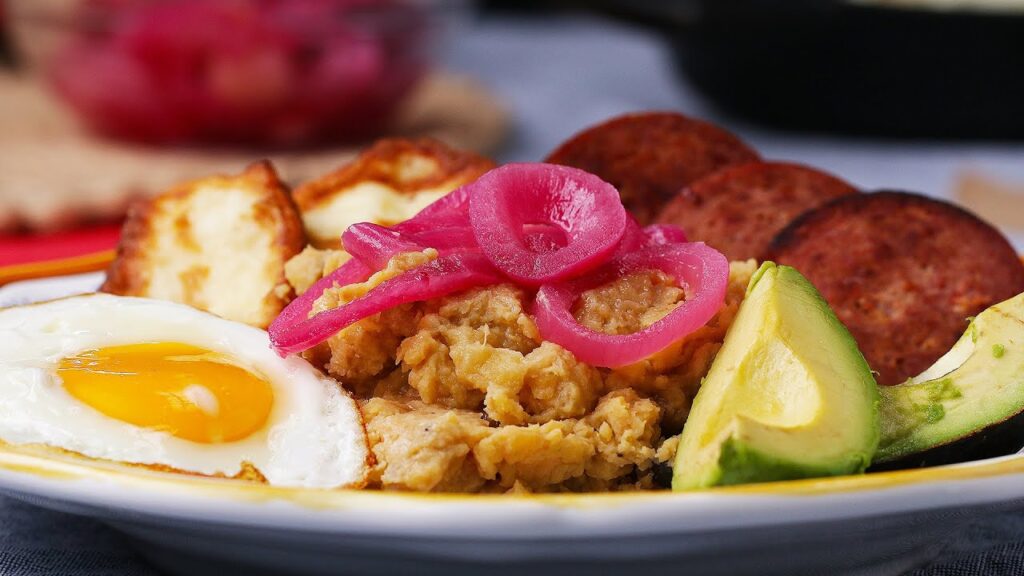
Macronutrients and Calories in Dominican mangu
A typical serving of Dominican Mangu contains about 302 calories. It’s a good source of carbohydrates, with around 60.6 grams, providing the energy you need to start your day.
Of these carbs, 55.9 grams are net carbs, which are the total carbs minus the fiber. Mangu is not just about energy; it also contains a modest amount of protein, approximately 2.7 grams, and a healthy dose of fats, roughly 8.5 grams per serving.
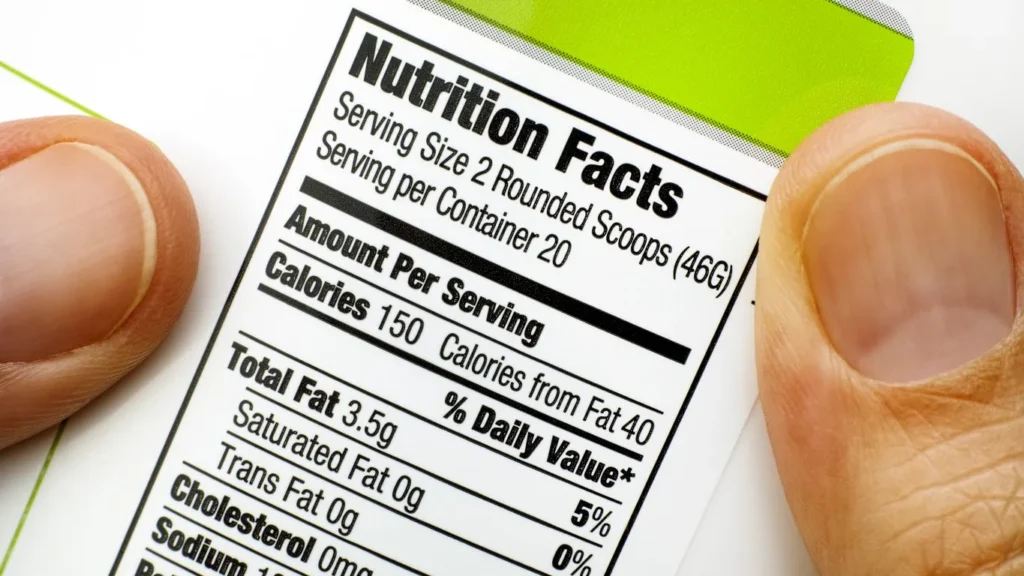
Fiber and Satiety
One of the benefits of Mangu is its fiber content. Fiber is essential for digestive health and can help you feel full longer. The plantains used in Mangu are a good source of this important nutrient, making it a satisfying meal that can help prevent overeating.
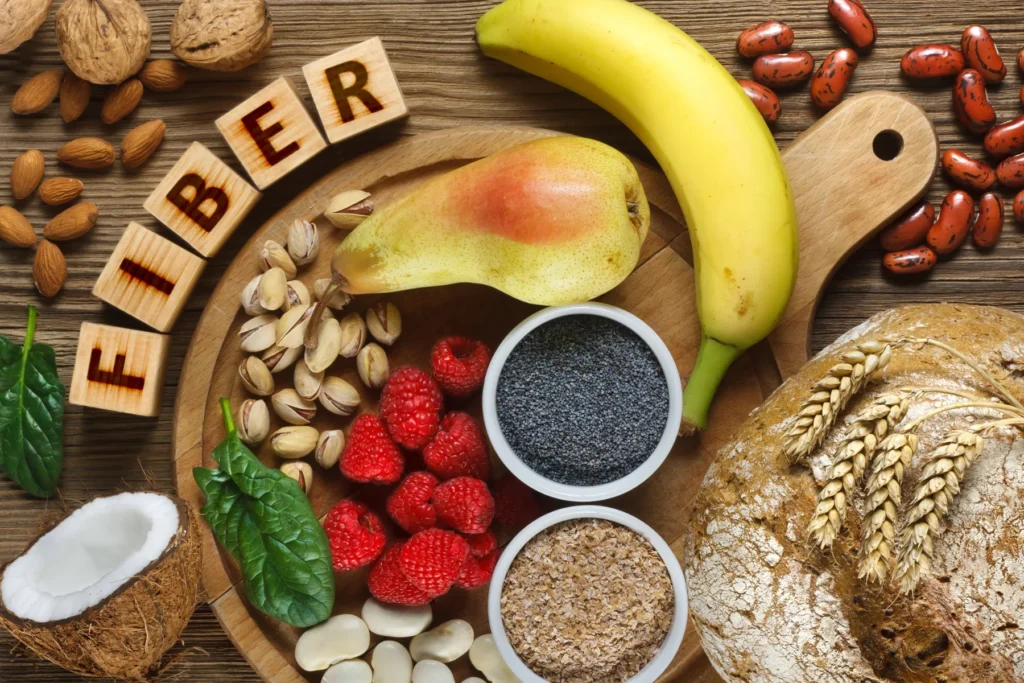
Vitamins and Minerals
Mangu isn’t just filling; it’s also full of vitamins and minerals. Plantains are rich in potassium, which is vital for heart health and muscle function. They also provide vitamin C and magnesium, which are important for immune function and bone health, respectively. Incorporating Mangu into your diet can contribute to your daily intake of these essential nutrients.


Preparing Mangu
Mangu, a beloved Dominican dish, is not only a treat for the taste buds but also a delight to prepare. This section will guide you through the simple steps to create this traditional comfort food at home.
Traditional Ingredients
The foundation of Mangu is green plantains, known for their starchy texture and neutral flavor, which makes them perfect for mashing. To start, you’ll need:
- Green Plantains: The star of the dish should be firm and unripe.
- Butter: For a rich, creamy texture.
- Onions: Typically red onions, sliced and often pickled or sautéed for topping.
- Vinegar: Adds a tangy contrast to the sweetness of the onions.
- Salt: To enhance the natural flavors of the ingredients.
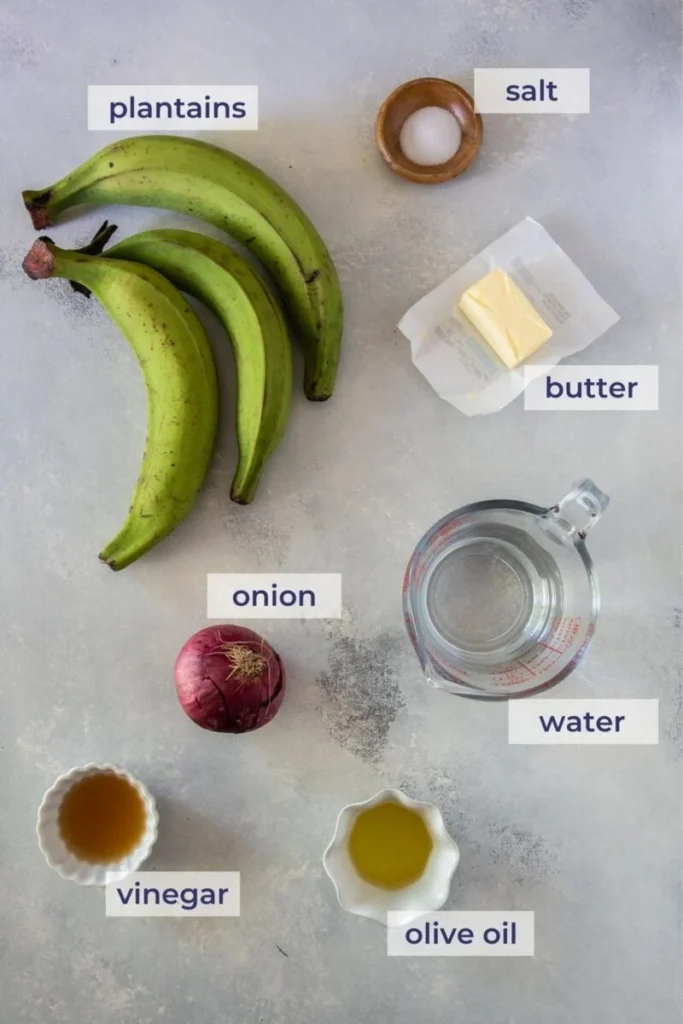
Healthier Alternatives
For those looking to make a healthier version of Mangu, consider the following substitutions:
- Olive Oil: A heart-healthy alternative to butter, it can be used both in the mash and to sauté the onions.
- Water: Use the water from boiling the plantains to achieve the desired consistency without extra fat.
- Low-fat Cheese: A great topping option that complements the Mangu without adding too much fat.
Preparing Mangu is a straightforward process. Begin by peeling the plantains and boiling them until they are soft. Once boiled, mash them with a little bit of the cooking water, adding butter or olive oil until you reach a smooth consistency. Top the Mangu with sautéed onions, and serve it warm. It’s a versatile dish that can be enjoyed at any time of the day, whether as a hearty breakfast or a comforting dinner side.
Serving Suggestions for Dominican Mangu
Dominican Mangu is a versatile dish that can be enjoyed in various ways. This section offers serving suggestions to enhance your Mangu experience, whether you’re having it for breakfast, lunch, or dinner.

Complementary Foods
Mangu is traditionally served with a combination known as “Los tres golpes” (the three hits), which include:
- Fried or Scrambled Eggs: Adding a protein-rich element to the meal.
- Dominican Fried Salami: Offering a savory and slightly spicy taste.
- Fried Cheese: Providing a delightful contrast with its crispy exterior and soft interior.
These accompaniments create a balance of flavors and textures that turn the simple Mangu into a hearty and satisfying meal.
Portion Control
While Mangu is nourishing, it’s also important to consider portion sizes, especially when it comes to calorie intake.
A balanced serving of Mangu should be about the size of your fist. This helps ensure that you enjoy the dish as part of a nutritious diet without overindulging.

Mangu in Your Diet
Incorporating Dominican Mangu into your diet can be both enjoyable and beneficial. This section highlights the advantages of adding Mangu to your meal plan and the best times to savor this traditional dish.
Benefits of Mangu
Mangu is not only a flavorful addition to your diet but also a nutritious one. Here are some key benefits:
- Good Source of Fiber: The green plantains used in Mangu are high in dietary fiber, which aids digestion and promotes a healthy gastrointestinal system.
- Rich in Potassium: Essential for maintaining heart health and proper muscle function, Mangu is an excellent way to increase your potassium intake.
- Vitamins A and C: These vitamins are crucial for immune function and skin health, and Mangu can contribute to your daily requirements.
- Naturally Gluten-Free: For those with gluten sensitivities or celiac disease, Mangu is a safe and tasty starch option.
- Low in Saturated Fat: Compared to other traditional dishes, Mangu is relatively low in unhealthy fats, making it a heart-friendly choice.
When to Enjoy Mangu
Mangu is traditionally served for breakfast, providing a hearty start to the day. However, its versatility means it can be enjoyed at any meal. Here are some suggestions:
- Breakfast: Pair it with eggs and avocado for a balanced meal.
- Lunch: Top with sautéed vegetables for a filling midday option.
- Dinner: Serve alongside grilled chicken or fish for a complete dinner.
Mangu’s adaptability makes it suitable for various dietary needs and preferences. Whether you’re looking for a comforting breakfast or a satisfying dinner, Mangu can be a delightful part of your eating routine.
Final Analysis
Dominican Mangu is more than just a traditional dish; it’s a culinary emblem of the Dominican Republic’s rich culture and history. This simple yet profound meal, made from mashed green plantains, offers a unique blend of taste, nutrition, and comfort.
Through this article, we’ve explored the calories of Dominican Mangu and the nutritional benefits of Mangu, learned how to prepare it with both traditional and healthier alternatives, and discovered the perfect ways to serve and enjoy it. Mangu’s versatility and health benefits make it an excellent choice for anyone looking to diversify their diet with a dish that is both satisfying and nutritious.
Whether you’re enjoying it as a hearty breakfast or a comforting side dish, Mangu is sure to delight your palate and contribute positively to your overall well-being.
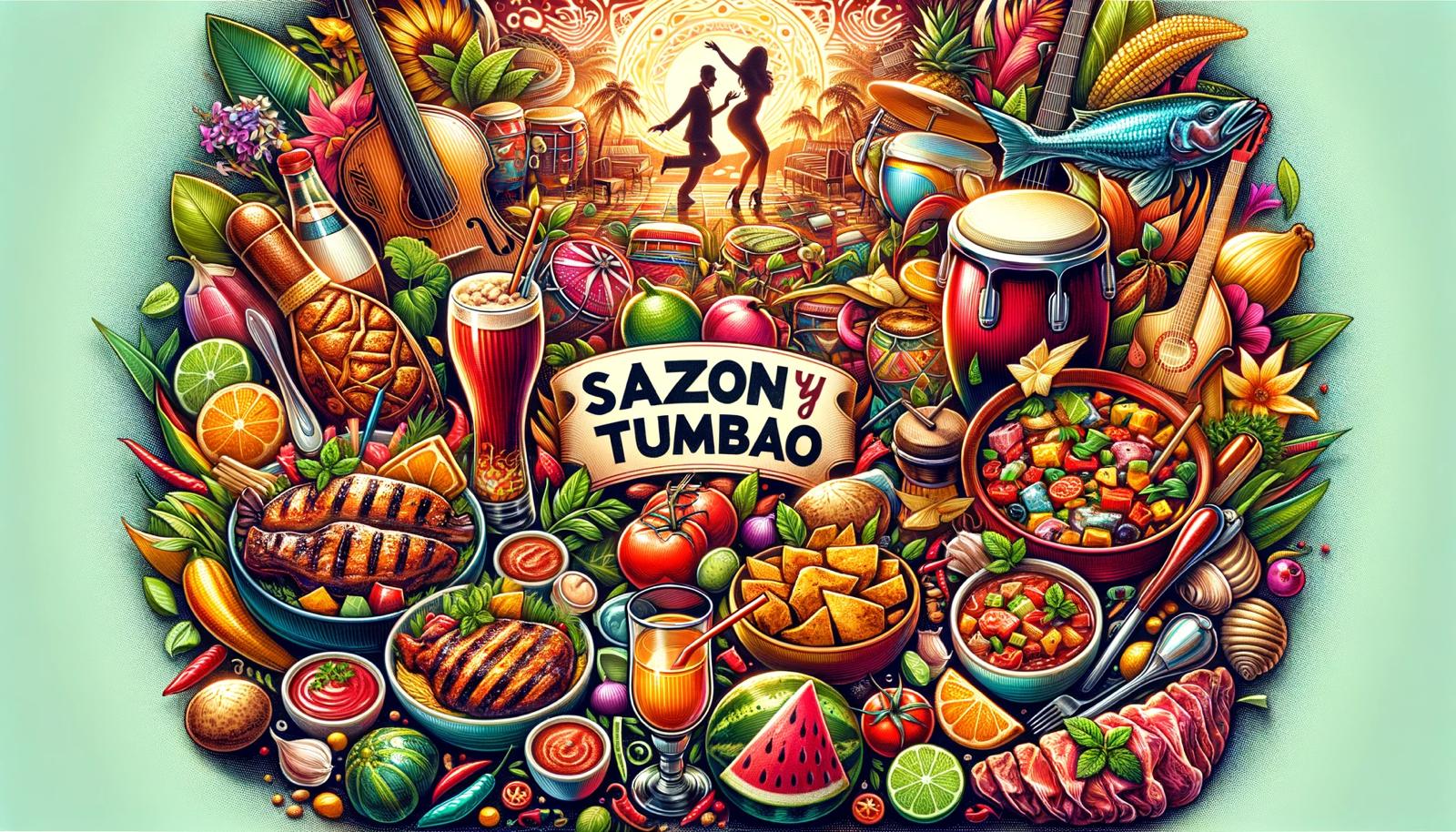

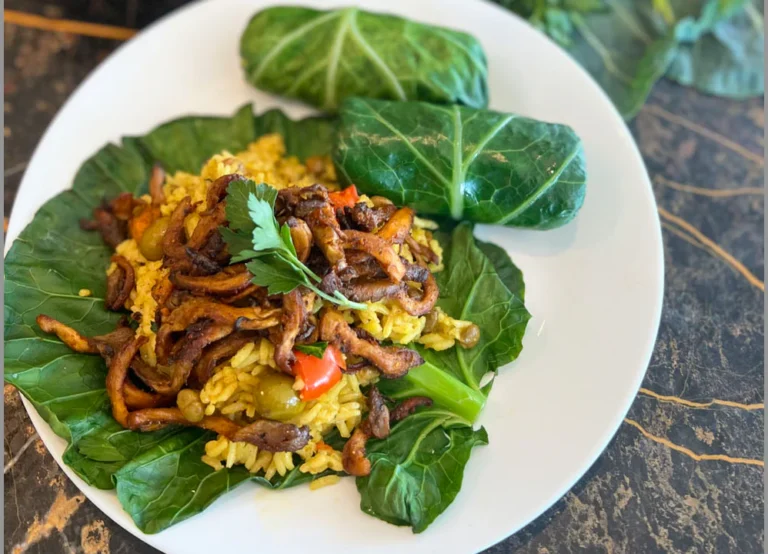
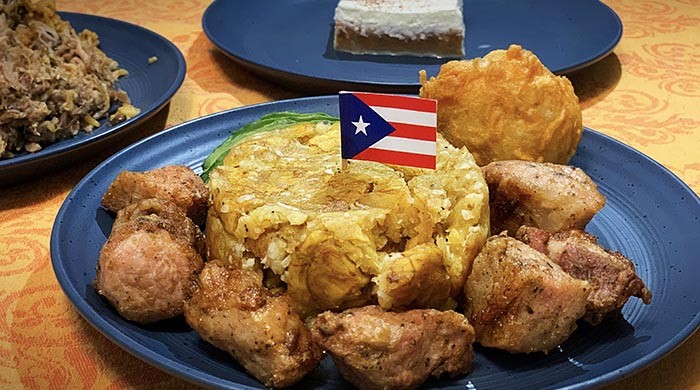

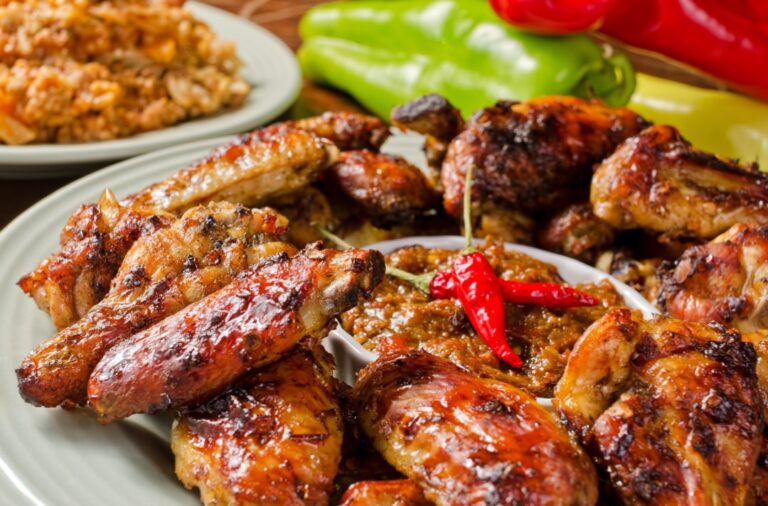
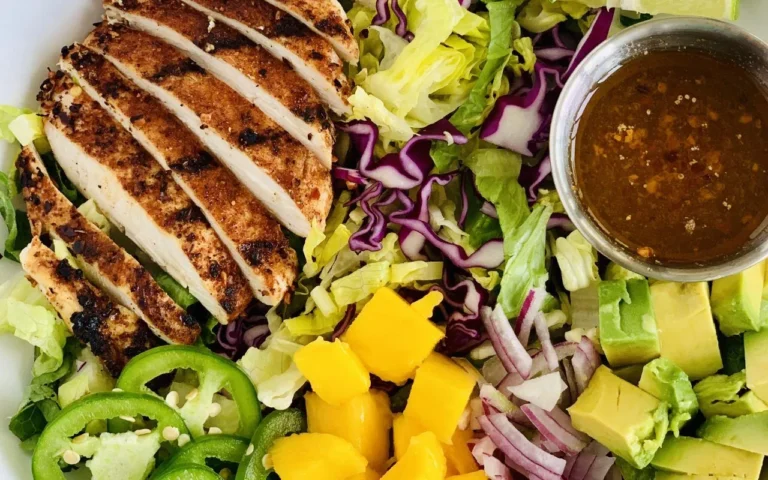
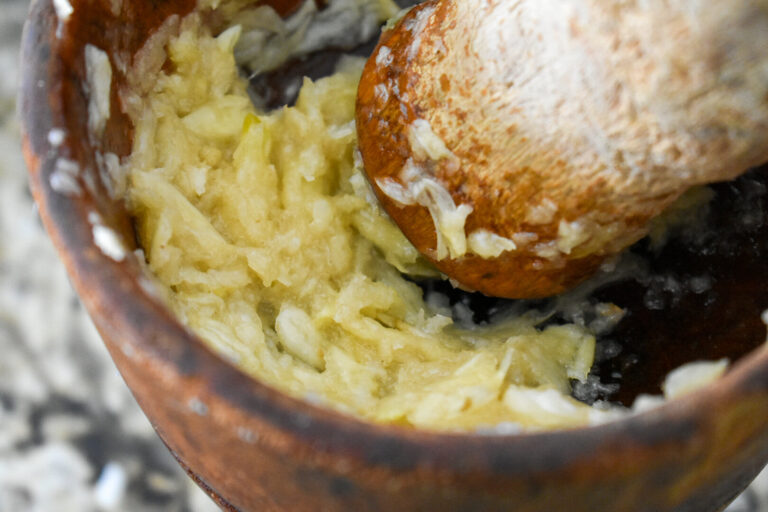
One Comment